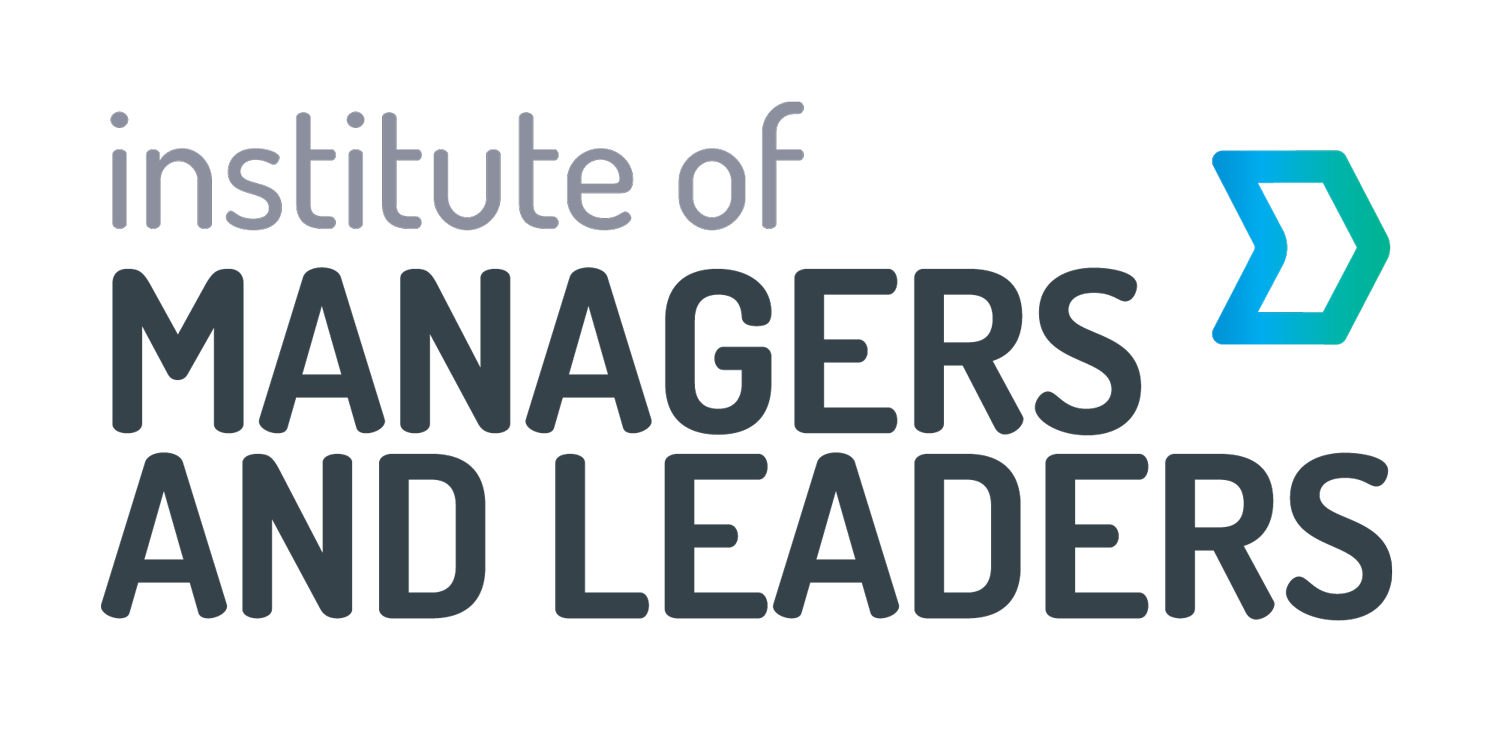By Craig Baty FIML
In this first of five articles, we’ll look at digital transformation (DX) in general and introduce the key technologies and concepts to be aware of. DX is important for non-technical leaders to have some level of understanding about, so as to effectively manage and use it to their advantage.
What is digital transformation?
Digital technology, in all its forms, is transforming business and society. Virtually every area of human activity is being profoundly altered. The most successful people and organisations are those embracing this transformation to build new products and services based on innovative business models enabled by the many technologies that comprise the trend.
The famous Austrian economist Joseph Schumpeter, regarded as the father of the study of innovation, described it as ‘creative destruction’. That is what is happening now, all around us. The old ways of doing things are being destroyed. In their stead are rising new ideas, new techniques and whole new industries. In our increasingly digital economy that process is called Digital Transformation (DX).
What’s driving this revolution?
There are many enabling technologies driving this revolution. Foremost amongst them is the Internet, which has allowed levels of communication, connectivity and information sharing unimaginable a few short years ago. It has given rise to the Cloud, to the Internet of Things (IOT), and to new ways of delivering and sharing software and services. In a few short decades, it has grown from a limited low bandwidth network connecting just a few computers to a universal high-speed matrix covering the whole planet.
Another key driver is the range of technologies known collectively as Artificial Intelligence (AI), which are enabling new ways of working, new ways of analysing data, and new ways of using existing technology. Massive advances in computing power have made possible AI technologies like machine learning, robotic process automation (RPA) and predictive data analytics. These techniques enable us to make sense of the vast amounts of information (often called ‘Big Data’) generated by the new technologies of the era of Digital Transformation.
Digital transformation impacts all aspects of leadership
Massive changes are happening all around us. In the workplace, mobile technologies increasingly mean that for the first time in history we are location independent. We are connected any time and anywhere. Smart phones have transformed many people’s lives and have been the most quickly adopted technology in human history. They have also enabled many new applications and new ways of working, driving a whole range of initiatives and technologies, often referred to as Workplace Innovation, to improve employee productivity and engagement.
At the enterprise level, corporate data and corporate applications have also become untethered from the physical world. Large scale corporate wide applications (Enterprise Applications/Enterprise Resource Planning (ERP)), services and even infrastructure are now delivered by the Internet. The separation of the digital world from the physical world is blurring, with robotics transforming manufacturing, drones being used for an increasing number of applications and autonomous vehicles becoming a reality.
Governments at every level are delivering their services digitally and are opening government data to third parties to help them develop new information-based services. Electronic identity management has become commonplace.
These changes are revolutionary. But they are not without cost. New technologies mean new opportunities, bad as well as good. In a totally connected world, Cybersecurity has become a major issue. It encompasses a range of technologies designed to protect computers and networks from unwelcome intrusion and to ensure their continued reliability.
Digital Transformation is sweeping the world. Its effects are significant, at every level of business and society. Leaders in all spheres of human endeavour will be impacted and need to become aware of the essential concepts and implications to maximise opportunities for innovation and managing in this rapidly evolving environment.
In the rest of this five-part blog series, we will cover each of the key DX technologies introduced above. Next week we will introduce Workplace Innovation and related technologies.
Digital transformation – why you should care
Join us in Sydney where Craig will present an informative and insightful TEL Talk: Digital Transformation – Why should I care? This brief primer on Digital Transformation will address:
- What is Digital Transformation and why is it important for today’s leader?
- What are the key technologies and processes to be aware of?
- How have these technologies been used to create truly transformative business outcomes?
- As a leader, how can you prepare yourself for an increasingly digitalised future?
Craig Baty is Principal and Founder of Technology & Management Services (TMS), which specialises in research-based data-driven thought leadership and consulting for ICT strategy, outsourcing, vendor management, go-to-market execution, and market and competitive intelligence. TMS also consults on cross-cultural communications and managing virtual teams across multiple geographies. He previously held C-level leadership roles with global telecommunications provider BT (British Telecom), Japanese ICT & technology giant Fujitsu and ICT research and advisory firm Gartner. Craig currently serves as NSW Vice Chair of the Australian Computer Society (ACS) and on the NSW Council of the Australian Information Industry Association (AIIA).












